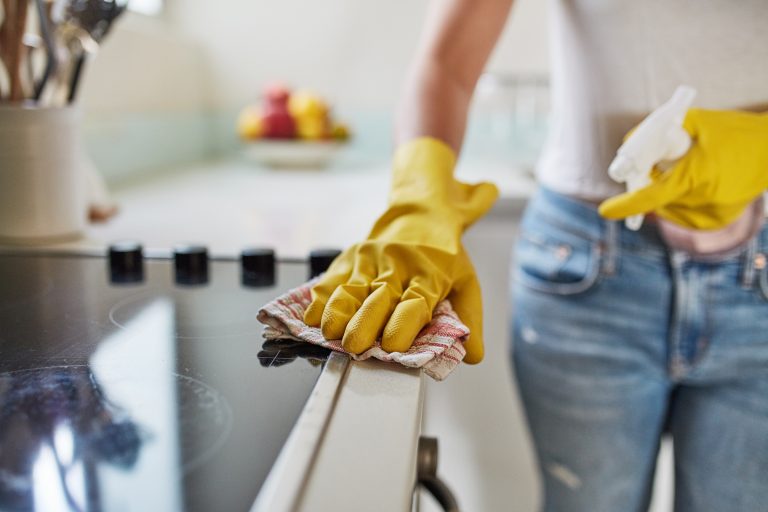How to Fall Proof Your Home
Each object in a home serves a purpose, but for those who experience dizziness and numbness, many of them can also be a potential hazard. Taking steps to reduce the risk of falling in your home is a worthy exercise for any homeowner, especially if you have elderly family members or young children living in your home or visiting often. Here are some ways you can fall proof the rooms in your home.
How to Fall Proof Your Home
Kitchen
The kitchen is synonymous with spills and messes. When these accidents happen, be sure to clean them up quickly and thoroughly to reduce the risk of a falling injury. Slippery floors have been the culprit of countless broken bones and bruises, so it’s best to wait until the cleaned spot is dry until you resume cooking.
Stay low to the ground as much as possible by keeping your most used items like spices, cooking utensils, and hand towels within reach to reduce the number of times you need to use a step stool.
Bathroom
In the bathroom surfaces are often slippery and slick, and the hard tile makes for an unforgiving landing spot. It’s common for homeowners to place a non-slip mat in the shower or tub to reduce the risk of slipping and falling. Grab bars are a more permanent option for making the bathroom safer. For those interested in installing a grab bar but have reservations about the aesthetics of installing a grab bar, look at pieces that align with your existing décor. Match the grab bar with your shower head, shower rod, and towel racks to make it fit with the space.
Bedroom
The key to preventing falls in the bedroom is visibility. Bedrooms are cozy, intimate spaces, which means that space can often be limited. Keep all pathways clear and make sure that your nightstands and bedside lamps are well within reach. Stow any cords next to your bed to avoid tripping over them in the night.
Staircases
We’ve all taken a tumble on the stairs at some point or another. To mitigate the risk of falling, keep your stairs organized at all times. It’s easy for clutter to build up at the top or bottom of the stairs or on platforms between floors, but these objects are tripping hazards. Consider installing a handrail if you don’t have one or add a second one if you currently only have a handrail on one side.
For more information on home safety, cleaning tips, and more, visit the living section of our blog.
The post How to Fall Proof Your Home appeared first on Fort Collins Real Estate | Fort Collins Homes for Sale & Property Search.



